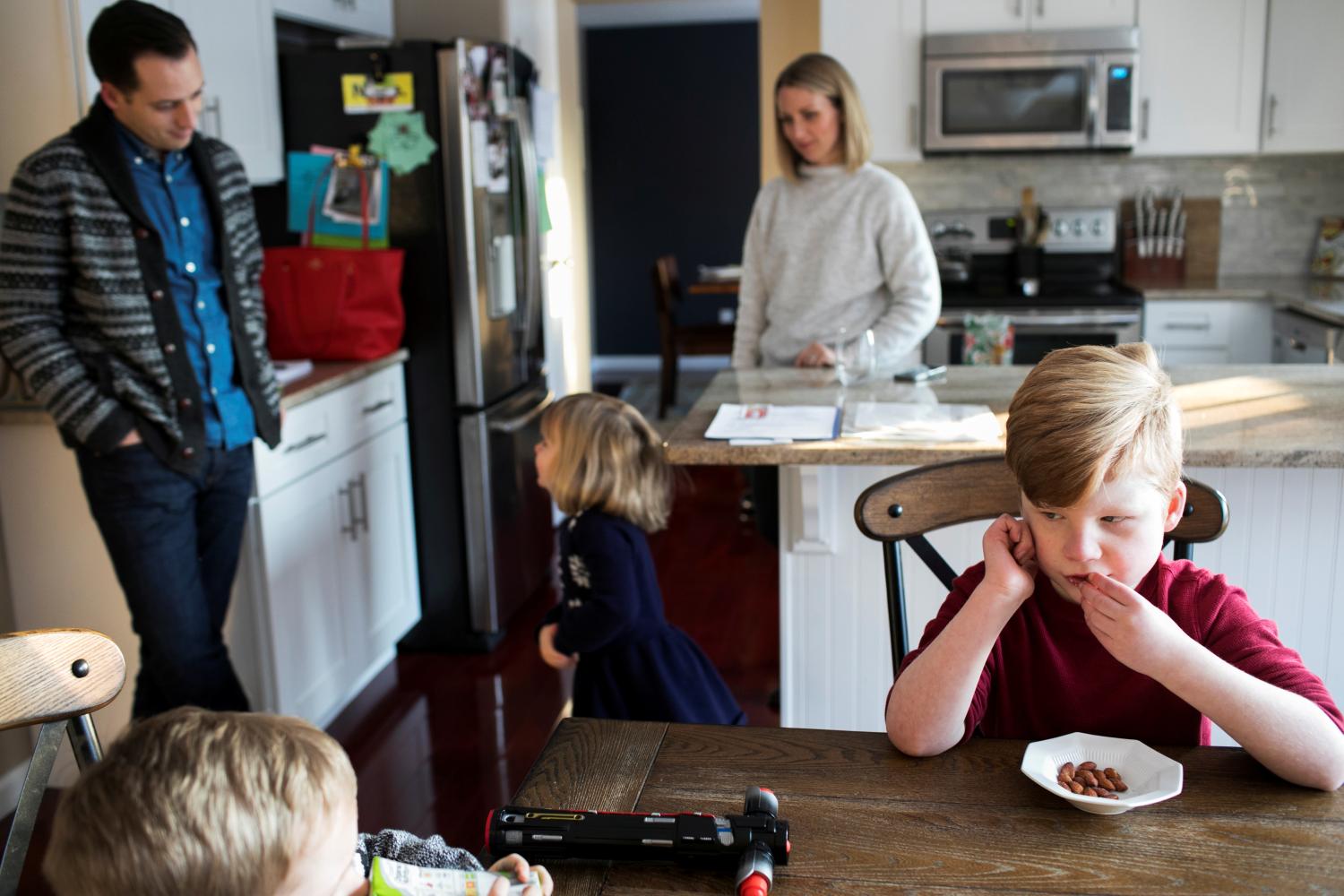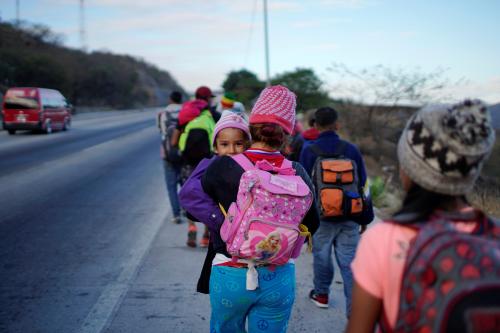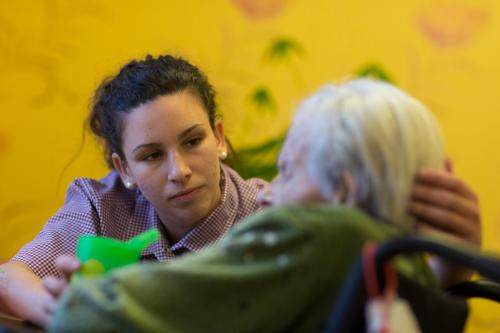This report originally appeared as a chapter in the book “Unequal Family Lives: Causes and Consequences in Europe and America” published by Cambridge University Press.
When a childless couple divorces, how much should we care? If they are friends, we might feel sad for the individuals involved. The end of a romantic relationship almost always means some pain and some loss imposed on others. Equally, we might be relieved or happy that they are able to move on, perhaps to a happier relationship. Adult decisions affecting adults are one thing; it is quite another when children are affected. Hence the concern with family breakdown, rather than simply divorce or separation, especially among policymakers.
When addressing these issues, it is important to be as clear and specific as possible about the nature of the problem – or problems – being addressed. The “family divide” may refer to differences in rates of births outside marriage, rates of marriage, duration of marriage, rates of single parenthood, family stability, family structure, rates of divorce, parental engagement after divorce, parenting styles and investments, just to mention just a few. The gap can also be examined through the lenses of income, education, race, age, geography, and so on. Which gap, or gaps, are the ones that really count?
Answering that question requires us to answer another one first. What are we worried about? Poverty? For children, or adults too? Child development? Moral goodness? Well-being? Health? Rates of intergenerational mobility? Public expenditure? Given the strong interconnections between many of these, it may seem like splitting hairs, but unless we have a clear grasp of what problem we are trying to solve, and what success will look like, policy is likely to follow a scattergun approach and be less effective as a result.
I argue that we should care about family gaps because we care about poverty and inequality, and because we care about intergenerational mobility. Policy interventions may influence both of these, but more often aim at one more than the other.
I argue for policies of two kinds with regard to family stability, applicable to the United States and most European countries: Prevention and mitigation.
- Preventing family instability means helping families stay together in the first place, through policies that reduce unintended pregnancy rates, raise skills (especially through quality vocational training), and promote “family-friendly” work opportunities.
- Mitigating the family instability means attempting to limit the impact of family breakdown on the life chances of children. Mitigation can be achieved by reducing material poverty, supporting better parenting, and enhancing learning opportunities. Here, the need is for a “One Generation” approach, largely focused on children’s outcomes.
I conclude with a note of humility. The reach of public policy is necessarily limited here. Sex, love, marriage, child-rearing; these are intimate, emotional, personal, and complex issues. By comparison to family policy, foreign policy is a breeze. The forces influencing changes in family life are tectonic, a combination of evolving social norms and public morality, and the shape and structure of the labor market. Still, there are policies that can and should be pursued. Strong families are not a quaint relic of the past. They are a necessary ingredient of a better future.





